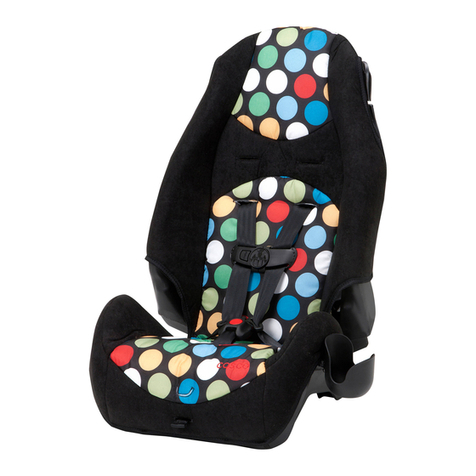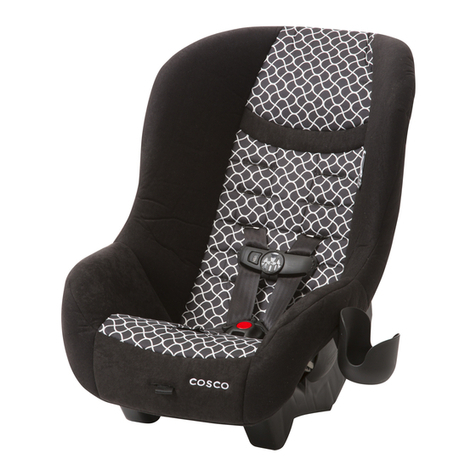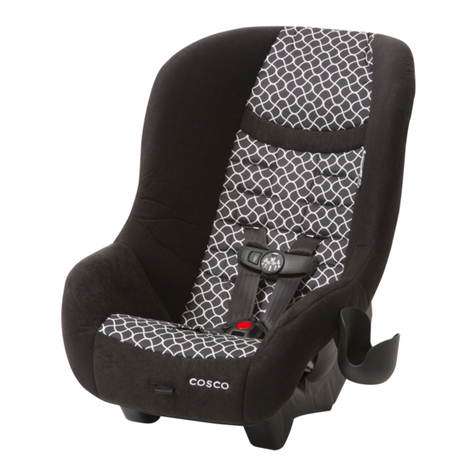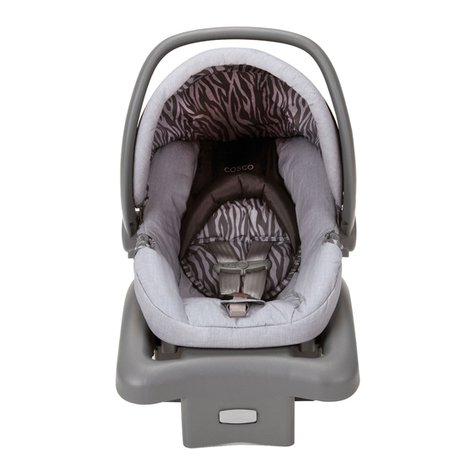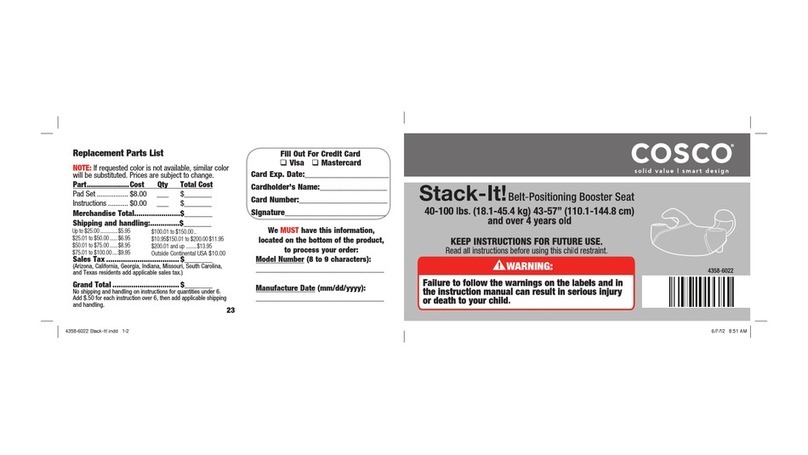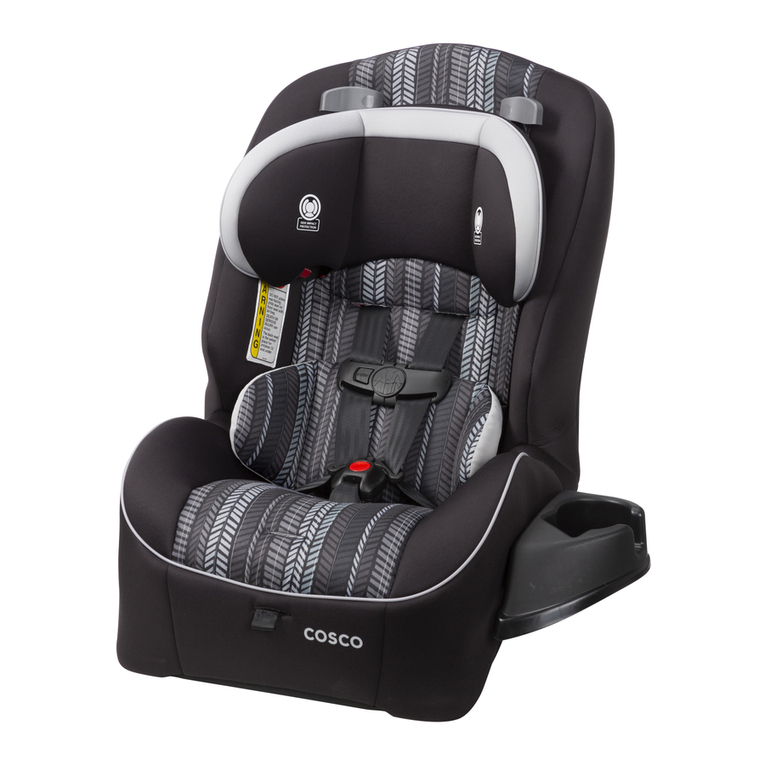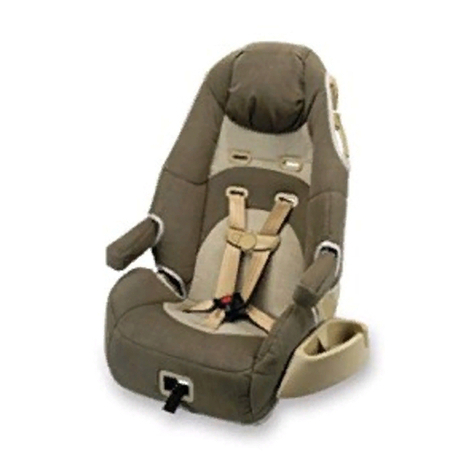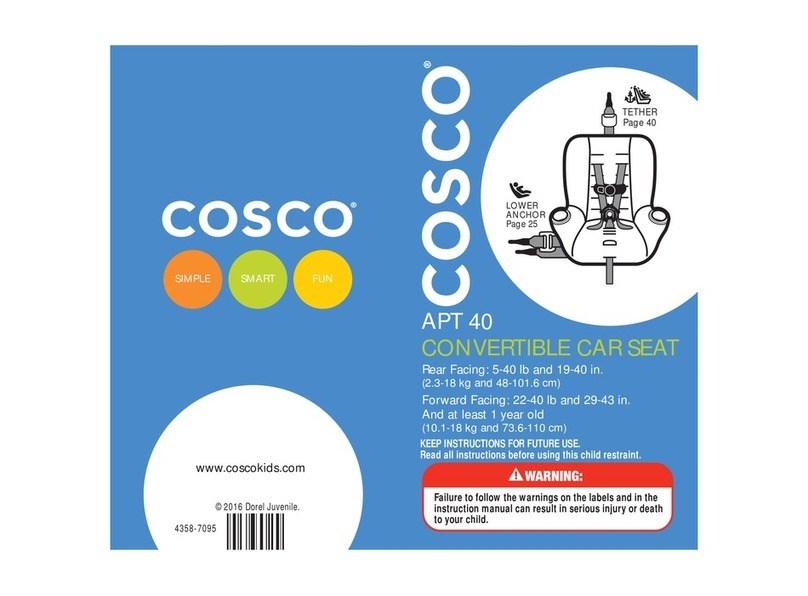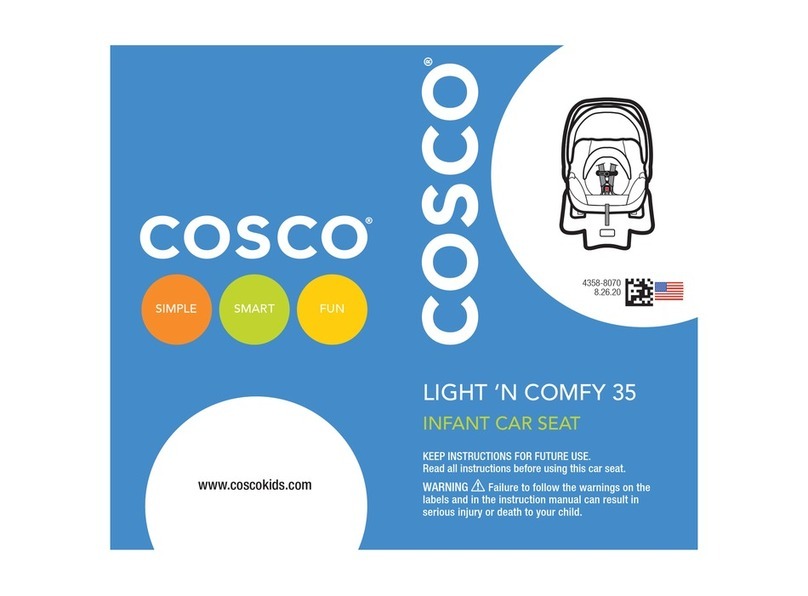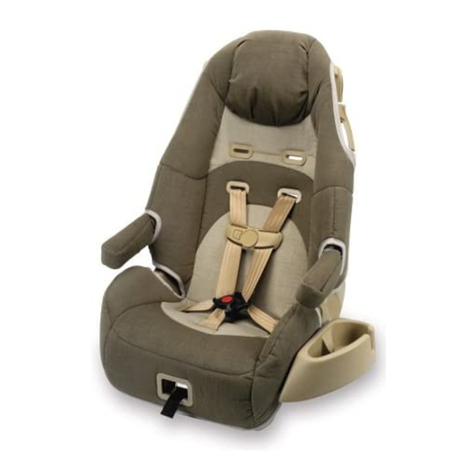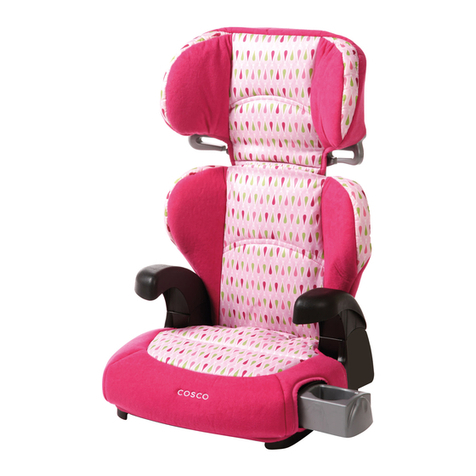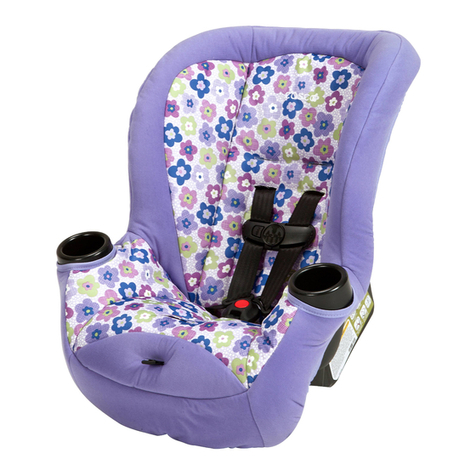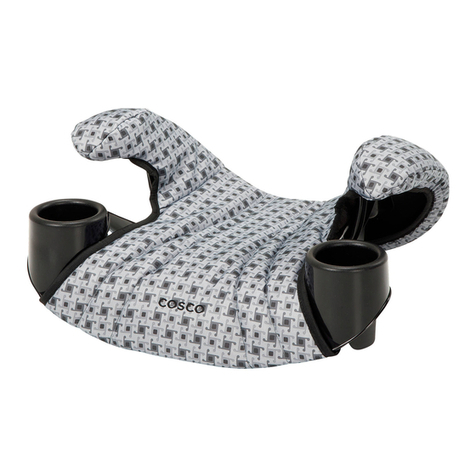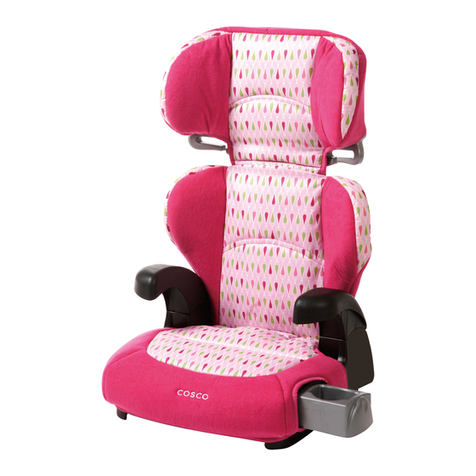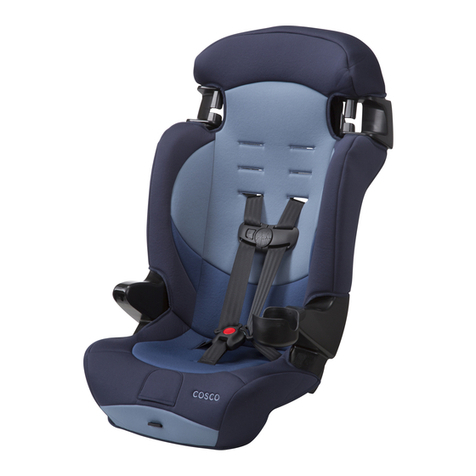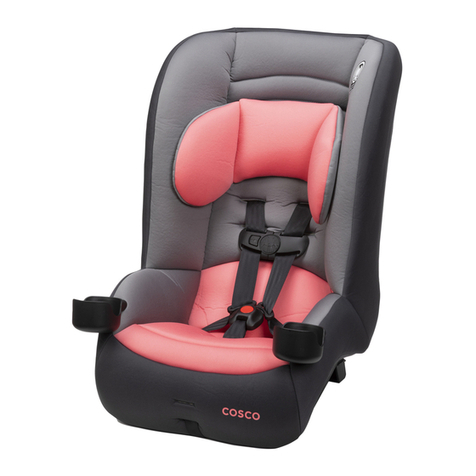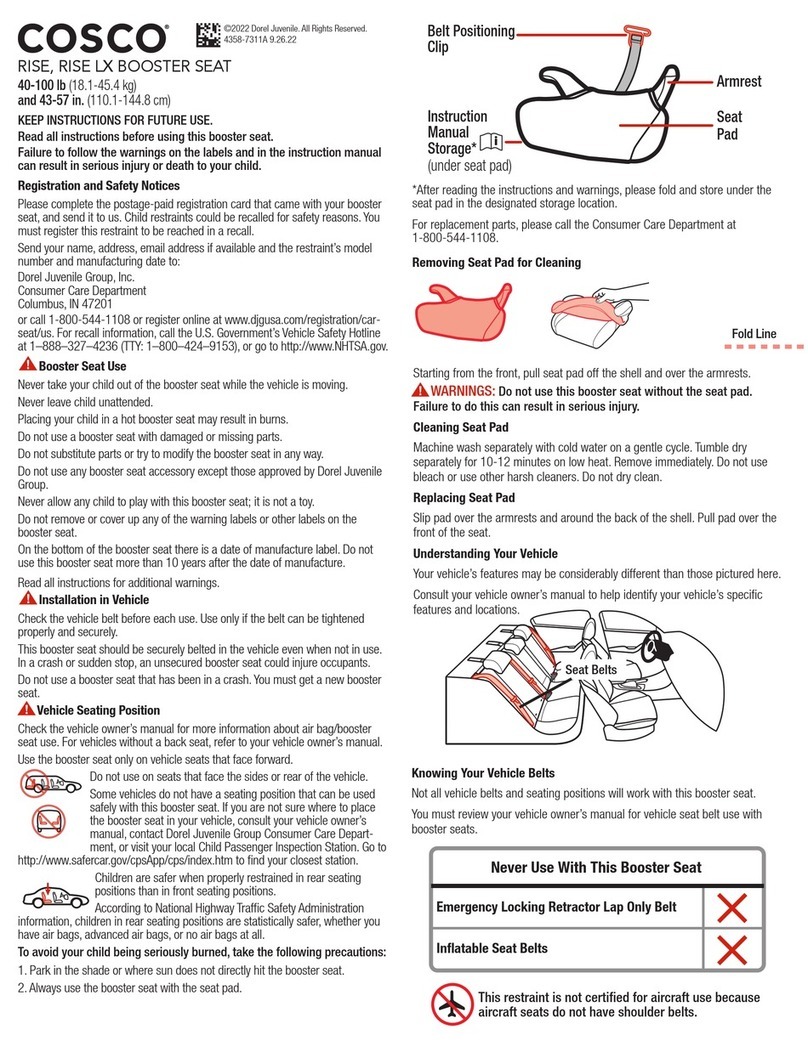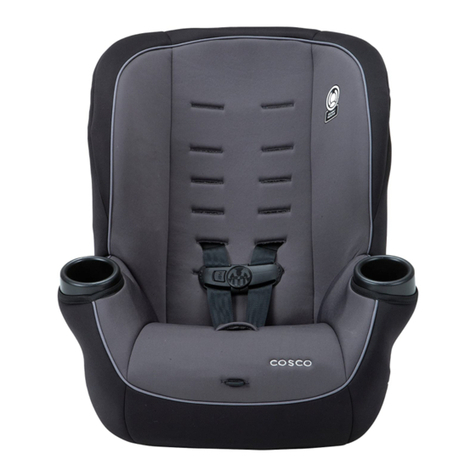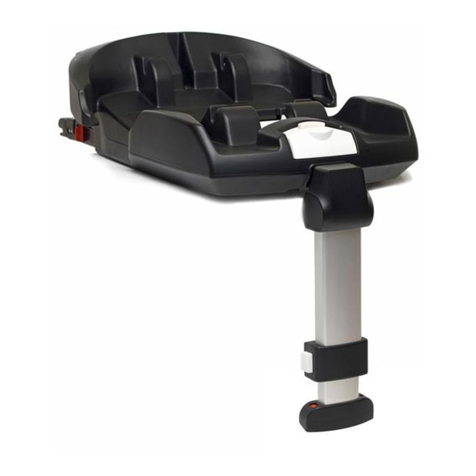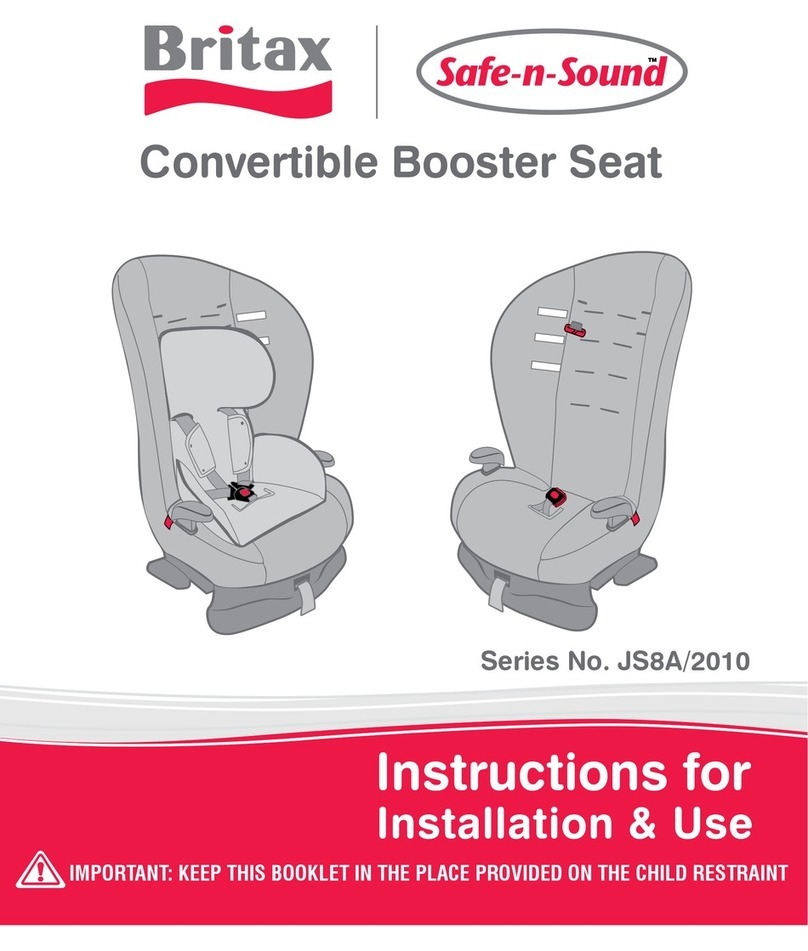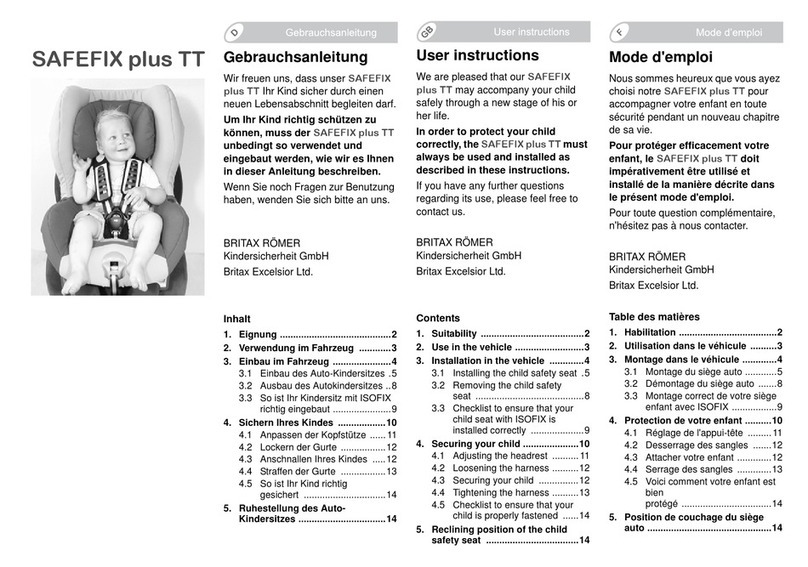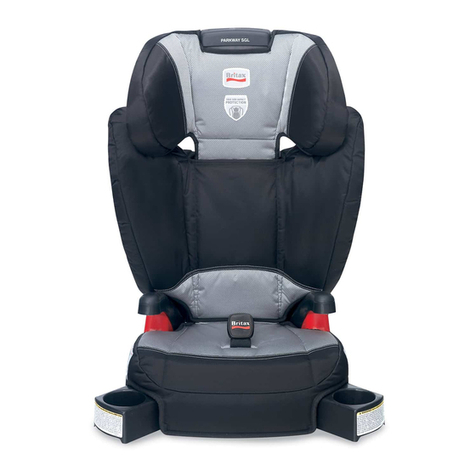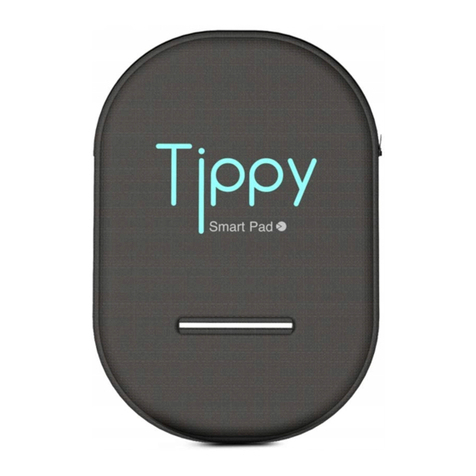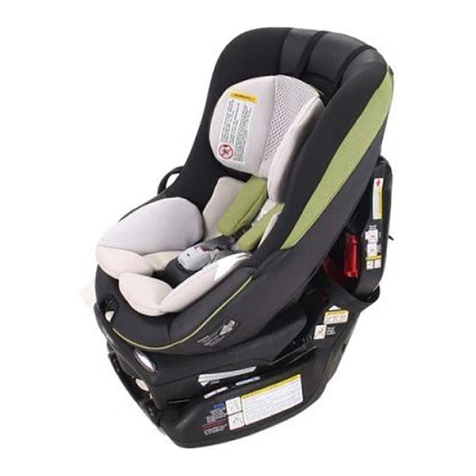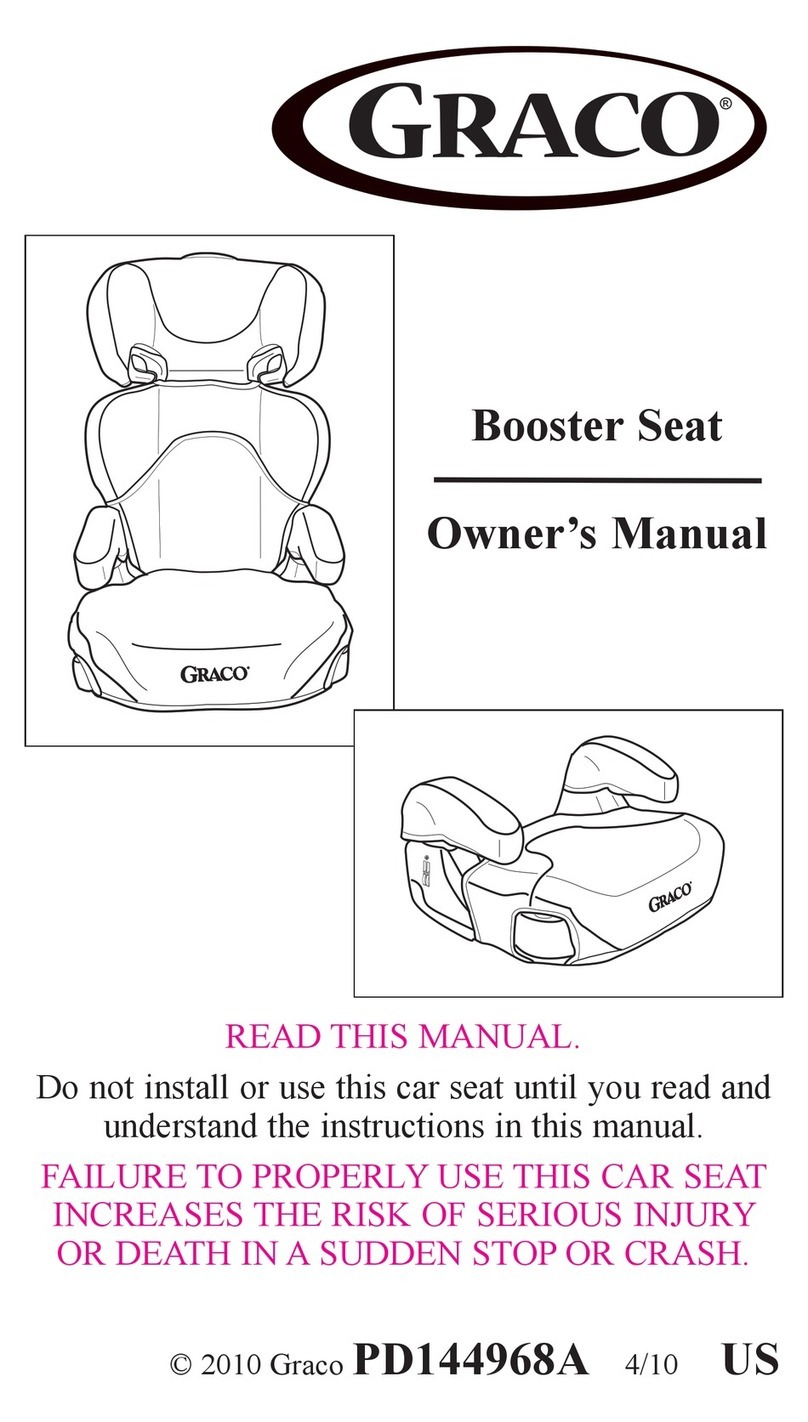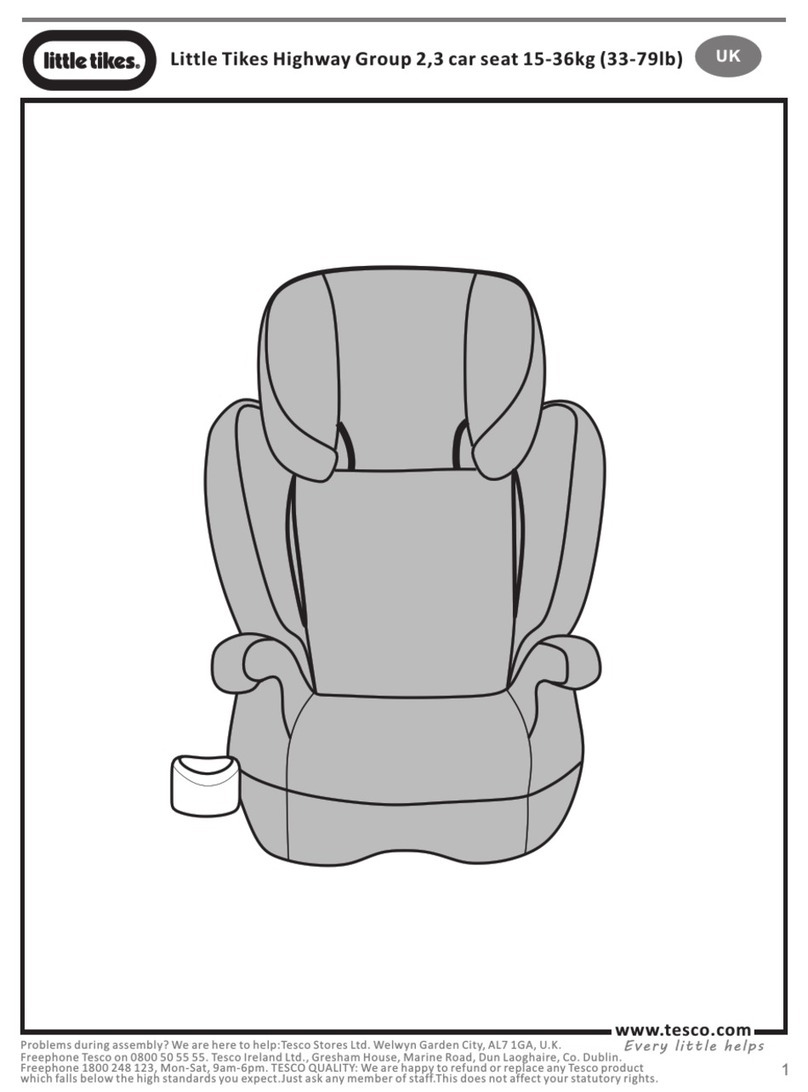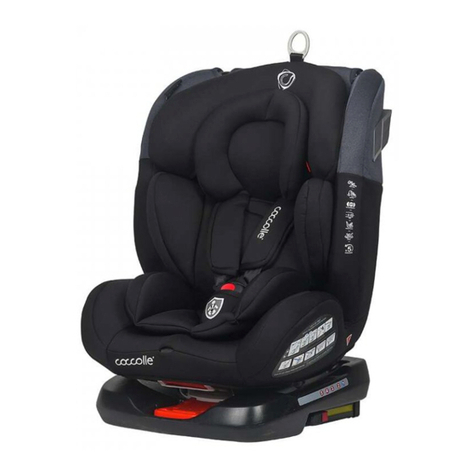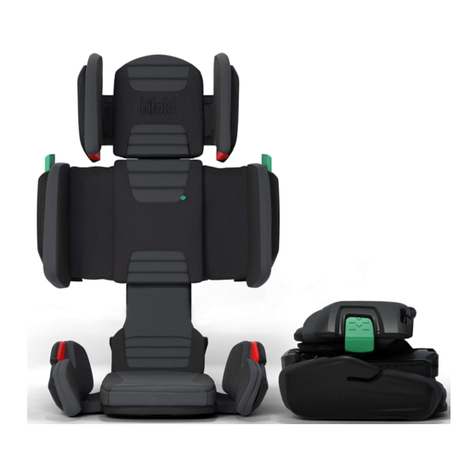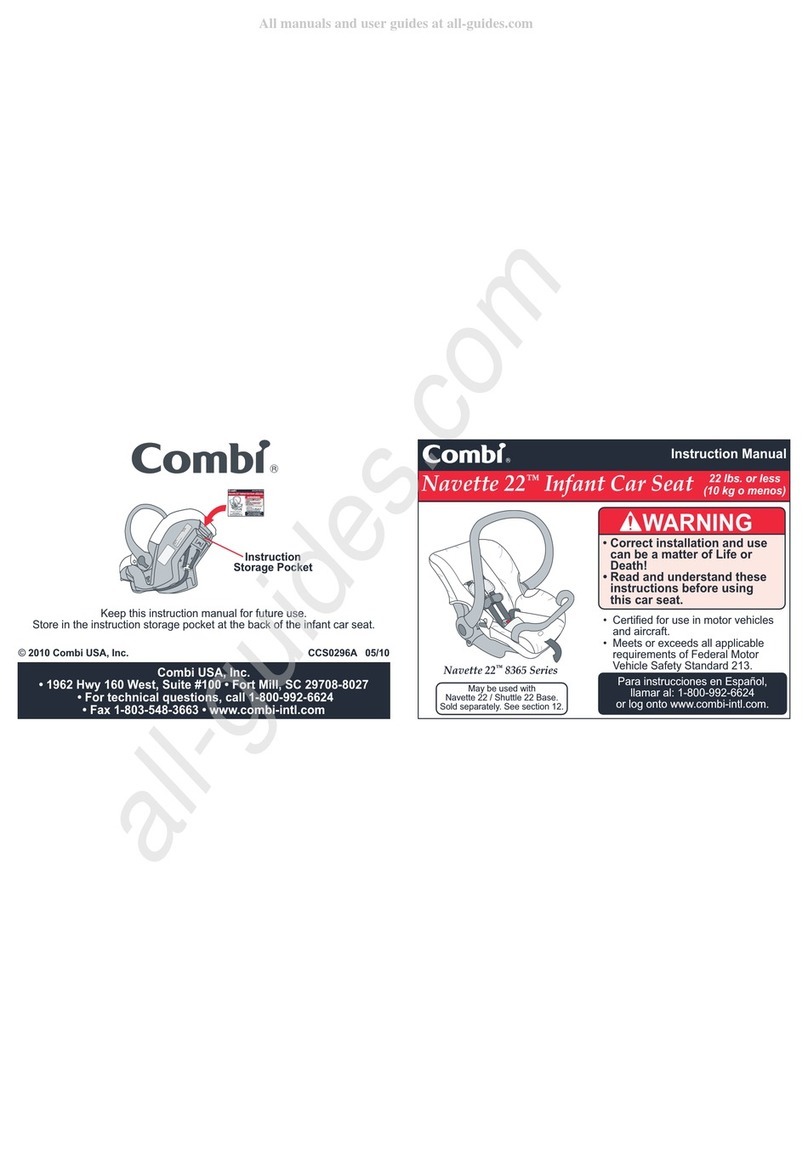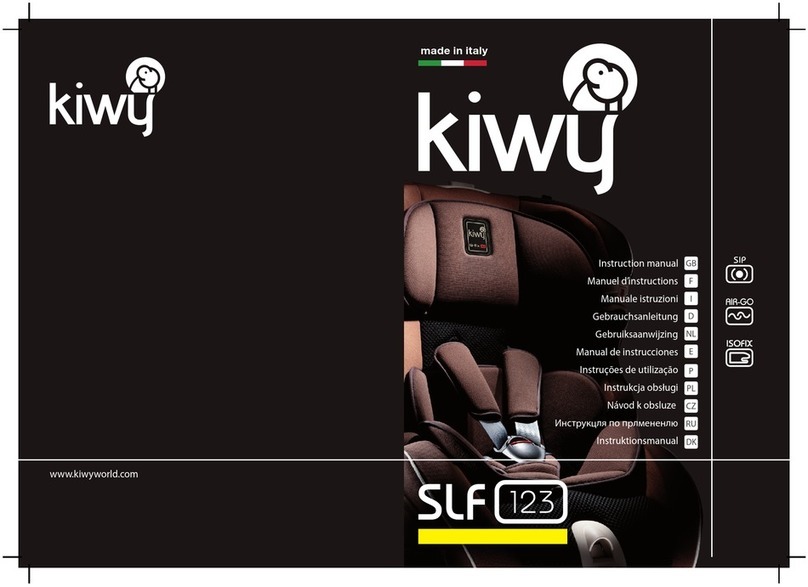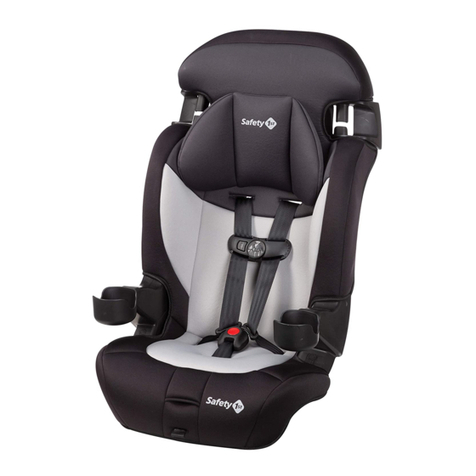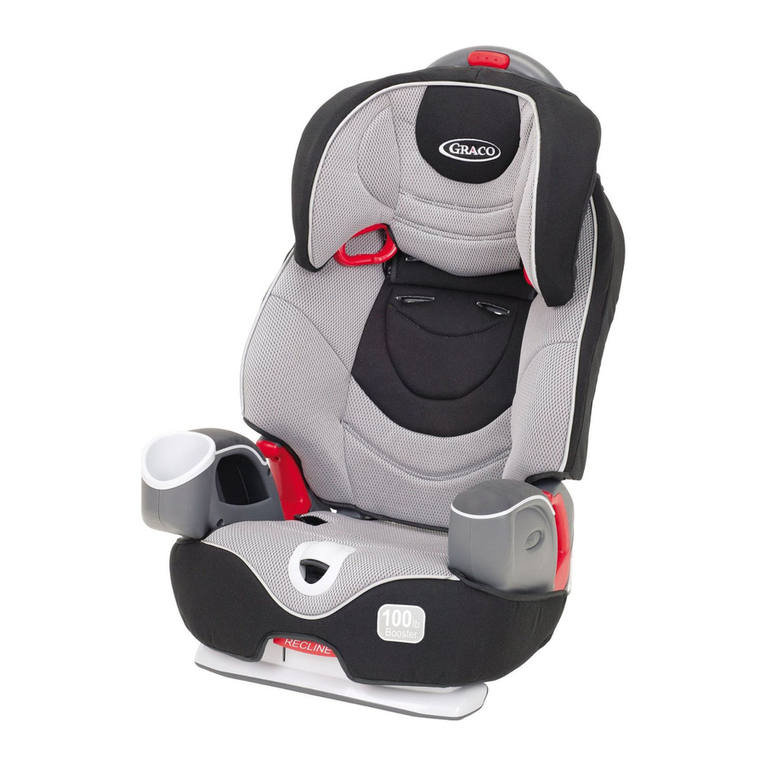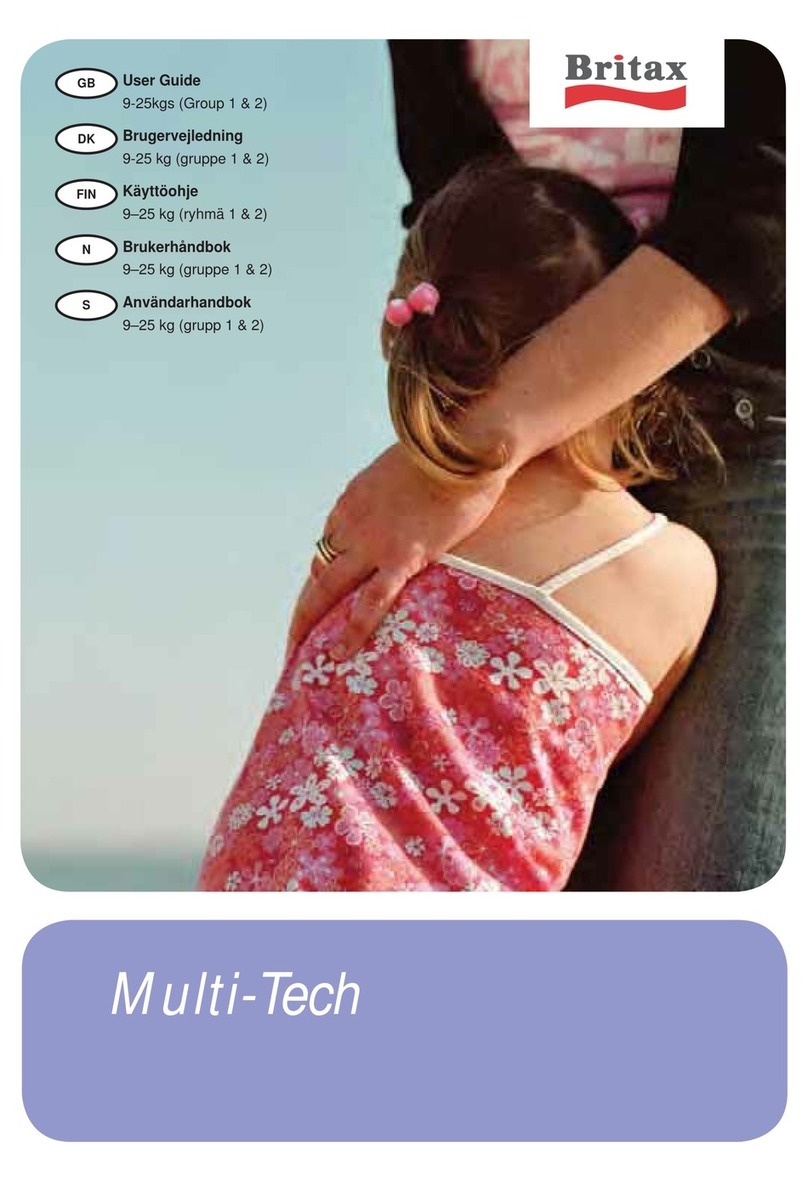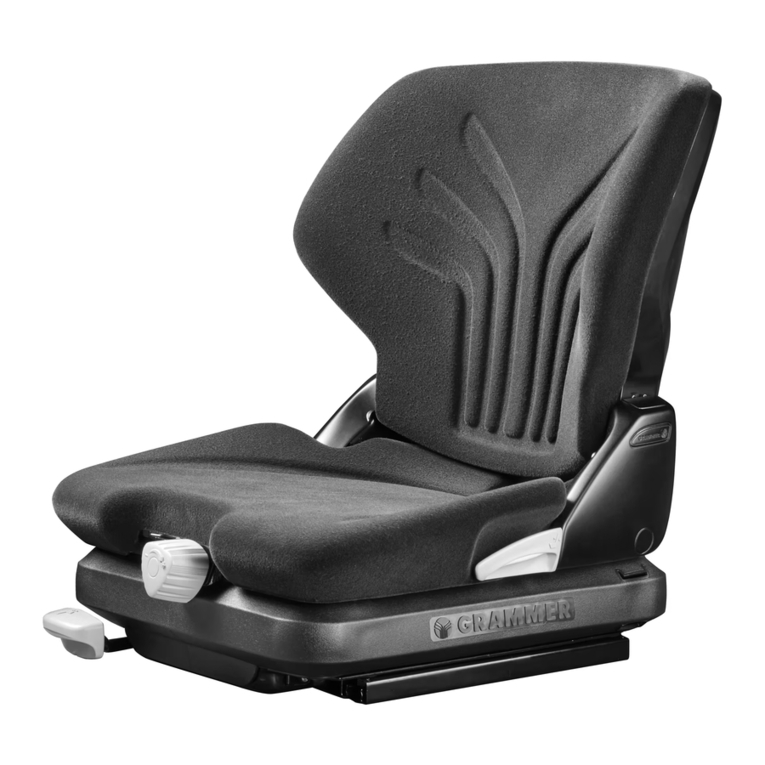
Getting Started
Parts of the Car Seat .......................................................1
Accessory Use ...............................................................3
Choosing Car Seat Mode ...............................................4
Preparing Car Seat for Child Fit.........................................6
Rear-Facing Child Fit ......................................................8
Forward-Facing Child Fit........................................................9
Making Adjustments to Car Seat
Changing Harness Height and Headrest Height ............10
Changing Buckle Position...............................................13
Harness System Adjustments for Smaller Infants.............15
Reclining the Car Seat ....................................................18
Choosing LATCH or Vehicle Belt
LATCH: Lower Anchor Use ..............................................19
Vehicle Belts ..................................................................21
Tether Use ......................................................................25
Installation in Vehicle
Rear-Facing Mode .........................................................27
Rear-Facing Vehicle Belt Install........................................28
Rear-Facing LATCH: Lower Anchor Install ........................33
Forward-Facing Mode ...................................................38
Forward-Facing Vehicle Belt + Tether Install....................39
Forward-Facing LATCH: Lower Anchor + Tether Install.....43
Securing Child in Car Seat...................................48
Car Seat Pad Use and Care
Removing Harness System ...............................................51
Removing Seat Pad Set for Cleaning .................................53
Installing Harness System.................................................55
Safety Information
Aircraft Information ......................................................59
Replacement and Expiration of Car Seat ........................60
Child Restraint Use...........................................................61
Installation in Vehicle........................................................61
Vehicle Seating Position ...................................................62
Registration and Safety Notices.........................................63
Additional Information
Warranty .........................................................................64
Troubleshooting ...............................................................64
Replacement Parts List ....................................................65
Dorel Juvenile Group Information.......................................66
©2019 Dorel Juvenile. All Rights Resevered.
Contents
